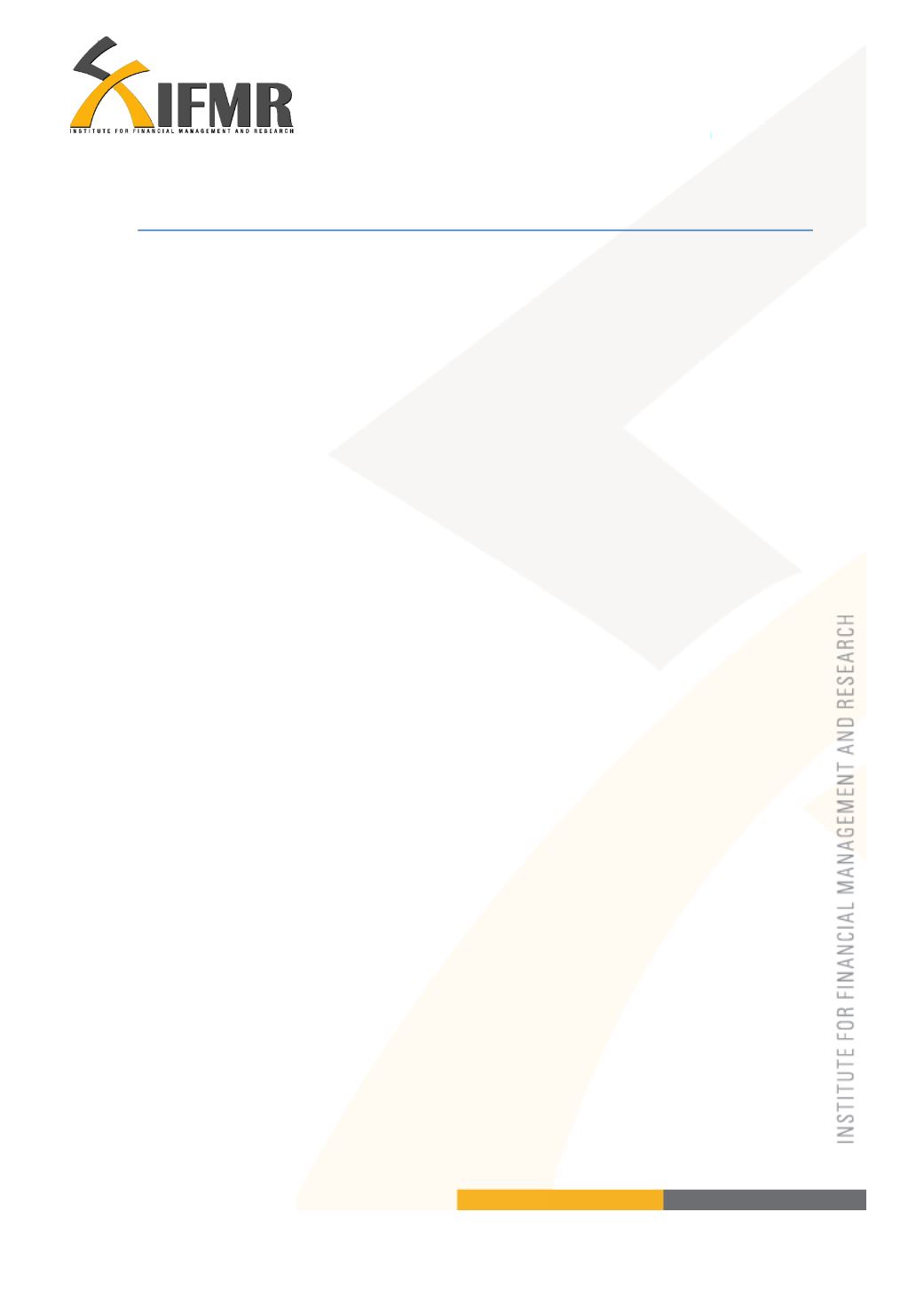
9
SECTION 1
Chapter 1: Why Savings in SHGs
1.1 Introduction
The
need to bring in the lower sections of society into formal, safer credit circles has long
been felt in India. The Reserve Bank of India (RBI) has been pursuing its goal of
financial inclusion since the 1950s, with the building of rural cooperative structure, social
banking and spread of SHGs in 1970s and rapid expansion of bank branch networks in
the most recent decades. While these measures have helped in building a strong
banking network across the country, studies show that 40 per cent of the country’s
population still does not have any access to formal means of credit. (Basu and
Srivastava, 2005). To tackle the issue of financial exclusion in India, the RBI
spearheaded the financial inclusion campaign. Beginning with the launch of the no-frills
accounts in 2005, it also introduced easier KYC (Know Your Customer) norms and
simplified opening of bank branches in unbanked and under banked districts and areas
(Subbarao D. D., Financial Inclusion: Challenges and Opportunities, 2009).
An integral strategy of a successful poverty alleviation program is to secure access to
finance for poor households. To this end, in early 1980s India saw vast changes to rural
policy under the patronage of National Bank for Agriculture and Rural Development
(NABARD). The movement led to the formation of self-help groups (SHG)—small
groups of members (10-20) who made equal and regular contributions towards a common
fund to be used to lend to members in times of need. SHGs operate as a sort of
microcredit institution. Under this model, SHGs are either directly financed by banks or
through financial intermediaries like NGOs or other formal agencies without any


